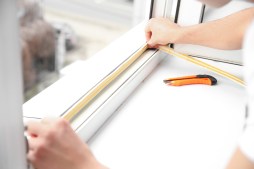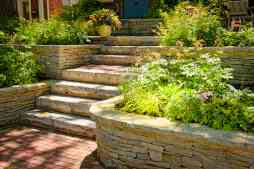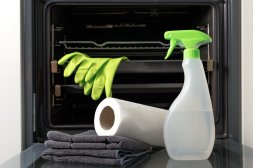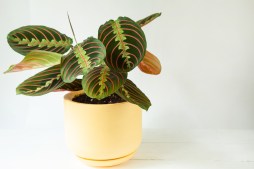Save Time and Effort: Refinishing Hardwood Floors Without Sanding Explained
Refinishing hardwood floors can breathe new life into your home, but the traditional sanding process is often messy, time-consuming, and can create a lot of dust. Fortunately, there are effective methods to refinish hardwood floors without sanding. In this article, we’ll explore how you can save time and effort by choosing alternative refinishing techniques that restore your floor’s beauty with minimal disruption.
Why Avoid Sanding Hardwood Floors?
Sanding hardwood floors is the conventional way to refinish them; however, it has several drawbacks. The process produces a significant amount of dust that can infiltrate your entire home, requiring extensive cleanup afterward. Additionally, sanding removes a layer of wood from the floor’s surface, which over time may reduce the lifespan of your flooring. For those with delicate or older floors where sanding might cause damage or for homeowners looking for a quicker solution, alternatives to sanding offer compelling benefits.
Chemical Wood Floor Refinishers and Strippers
One popular method for refinishing without sanding involves using chemical strippers or finish removers that soften and remove the old finish on hardwood floors. After applying these products as directed, you can gently scrape off the old finish without damaging the wood beneath. Following this step with thorough cleaning prepares your floor for a new coat of stain or polyurethane finish. This technique significantly reduces dust and is less labor-intensive than traditional sanding.
Screening or Buffing Your Hardwood Floors
Screening (also known as buffing) is another effective alternative to full sanding. This method uses abrasive pads attached to a floor buffer machine to lightly scuff the existing finish surface rather than removing wood layers. Screening helps smooth out minor imperfections and prepares the floor for recoating with fresh polyurethane or other finishes. It’s particularly suitable when your floors have minor wear but do not need complete refinishing down to bare wood.
Using Bonded Abrasive Pads for Spot Repairs
For localized damage such as small scratches or worn spots on hardwood floors, bonded abrasive pads offer an easy way to refresh affected areas without sanding the entire room. These pads allow you to carefully abrade only damaged sections before applying touch-up stain or finish products that blend seamlessly with surrounding areas.
Choosing Low VOC Finishes for Healthier Results
When refinishing without sanding using chemical strippers or screening methods followed by reapplication of finishes, opting for low volatile organic compound (VOC) products benefits indoor air quality by reducing harmful fumes during application and curing phases. Many modern water-based polyurethanes provide durable protection while being environmentally friendly and safe for household use.
Refinishing hardwood floors without sanding is an excellent option if you’re looking to save time, reduce mess, and preserve more of your flooring’s integrity while achieving beautiful results. By selecting appropriate chemical strippers, screening methods, spot repairs with abrasive pads along with low VOC finishes tailored to your specific needs—you can enjoy refreshed wood flooring in less time than traditional approaches require.
This text was generated using a large language model, and select text has been reviewed and moderated for purposes such as readability.











